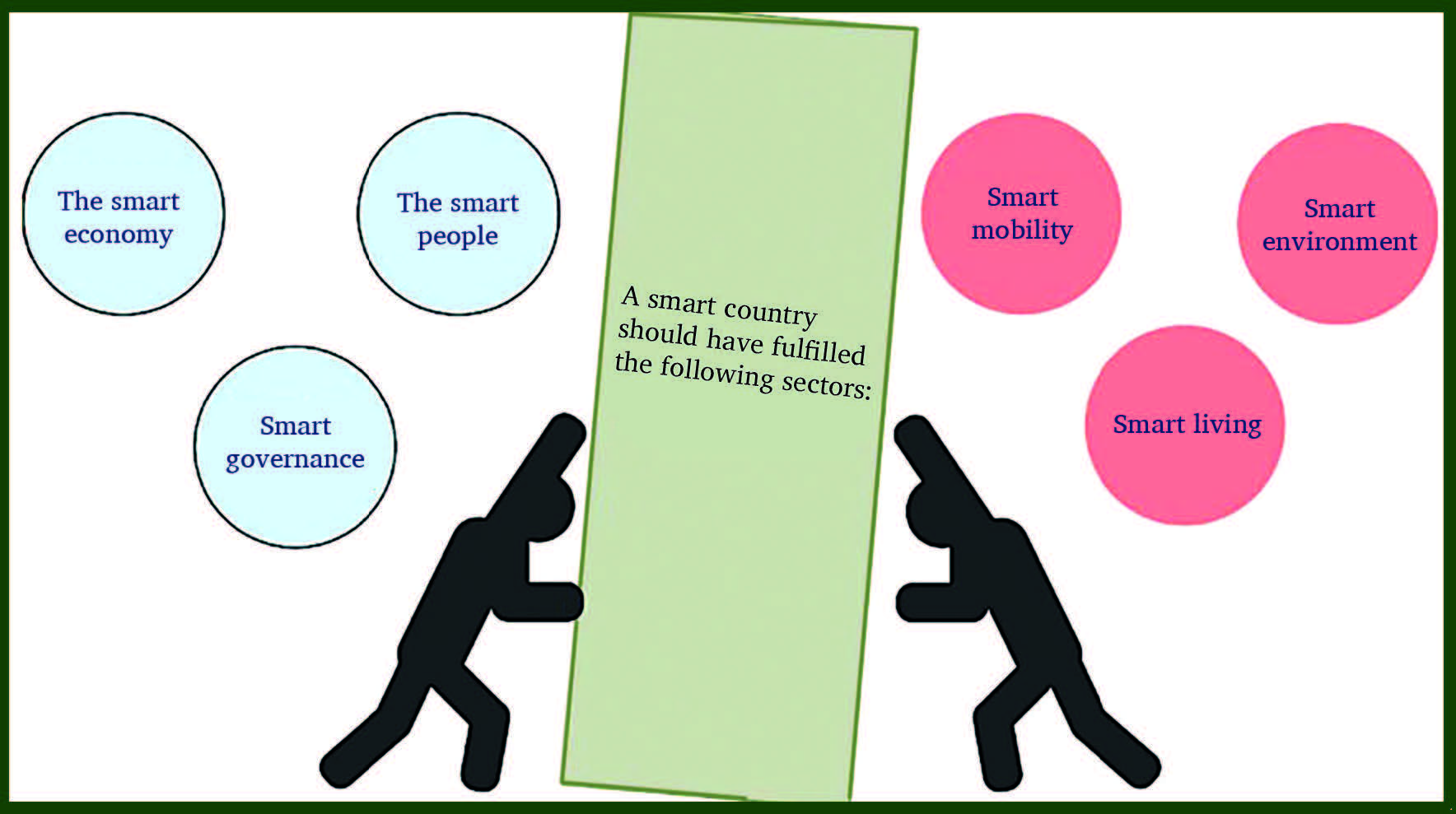PEOPLE use the word ‘smart’ in many issues. We might have heard this as smartphone, smart card, smart watch, smart TV, etc. According to the OALD’s (Oxford Advanced Learner’s Dictionary) definition, smart is an adjective and firstly means looking clean and neat; well dressed in fashionable and/or formed clothes. However, other meanings are still left.
Most of the meanings tend to positive aspects and the word ‘smart’ is used as a meaning of positive outcome. Among them, one can find the negative meaning of the word ‘smart’ as in ‘Smart bomb’. It is stated as a weapon/bomb controlled by a computer so that it happens to act in an intelligent way. It is a usual one there are two opposite things present together in the world: heat and cold; light and darkness; poverty and wealth.
Due to these two opposite things, the world is balanced. Likewise, the word ‘smart’ has also got two opposite outcomes. However, people are assuming and using the word ‘smart’ as a positive outlook. Then, one can guess a usage ‘Smart Country’. Could it be present in society? The answer is ‘Yes’. When we look for the nature of a smart country as a positive example we will find it queer and confusing for the ordinary class.
When we search for the answer to the question “What is the meaning of Smart Nation? We will find it as “A Smart Nation means people and businesses are empowered through increased access to data, more participatory through the contribution of innovative ideas and solutions, and a more anticipatory government that utilizes technology to better serve citizens’ needs.”
It says the potential of digitization has not yet been sufficiently exploited, and rural and structurally weak regions, in particular, are digitally dependent. In addition to the basic principles, such as universal access to fast Internet and digital skills in all population groups, there is a lack of positive examples.
One finding of the work for the Reinhard Mohn Prize (a prize in Germany) is that concrete, digital applications from people’s everyday lives, including workplace applications, serve as inspiration for positive change. They are often the reason that communities themselves decide to become active. Moreover, it consists of digital sovereignty that includes older population groups. The central question is how participation can be made possible and ensured without leaving large sections of the population behind.
The digital development of rural areas and structurally weak regions carries the risk that the parts of the population that do not yet use the Internet will continue to be left behind. This is particularly the case for older population groups. In the project, it is highlighted this important aspect by working out how the digital sovereignty of older people can be strengthened. How can a digital assistance infrastructure be designed that allows all citizens to participate in the possibilities of digital development? Which places would be suitable for this and how can committed citizens get involved?
A smart country should have fulfilled the following sectors:
The smart economy (Competitiveness) includes Innovative spirit Entrepreneurship, Economic image, and trademarks, Productivity Flexibility of the labour market, International embeddedness, Ability to transform, etc.
The smart people (Social and Human Capital) include Level of qualification, Affinity to lifelong learning, Social and ethnic plurality, Flexibility, Creativity, Cosmopolitanism or Open-mindedness Participation in public life, etc.
Smart governance (Participation) includes Participation in decision-making, Public and social services, Transparent governance, Political strategies & perspectives, etc.
Smart mobility (Transport and ICT) includes Local accessibility, International accessibility, Availability of ICT infrastructure, Sustainable, innovative, and safe transport systems, etc.
Smart environment (Natural resources) includes Attractivity of natural conditions, Pollution, Environmental protection, sustainable resource management, etc.
Smart living (Quality of life) includes Cultural facilities, Health conditions, Individual safety, Housing quality, Education facilities, Touristic attractivity, Social cohesion, etc.
The sectors mentioned above are the ones just I have learned within my reach. All of us can guess how flourished, peaceful, and prosperous a country is with these characteristics. We cannot estimate the amount of happiness of its citizens. It can be figurative as a celestial abode from six levels of heaven. Here, I remember the words of my intimate friend who lives abroad. He and I have been friends since we were at the university. He left Myanmar 45 years ago and settled life with his family in an Asian country. He often came back to Myanmar and sometimes we happen to meet each other.
Once he said, in his country, those who become the age of 65 are made free of charge wherever they go with bus transportation in his country. All the citizens of his country have got free medical checkups and medical care. I was surprised to hear it. But I recalled the days in which my dad was hospitalized in my little town in Ayeyawady Region 50 years ago. I have seen there all the patients were being shared their lunch and dinner by the hospital daily.
Nevertheless, according to my statement mentioned in the earlier paragraphs, our citizens will sure long for the opportunities of those who are in the smart countries in the world. If so, it is also essential we have to try hard to raise the standard of living and productivity of our nation. It is also needed in the endeavour not to lose our human resources and utilize them beneficially. To summarize my account, there is a well-known saying viz. “Give and Take Culture”. It means if one wants something, one must give something in return.


